Craving a slice of nostalgia and comfort? Dive into the world of classic pound cake recipes with me. This timeless dessert, with its origins dating back centuries, is a staple in many households. The rich buttery flavor, velvety texture, and golden crust make it a true crowd-pleaser.
Imagine a pound of sugar, a pound of eggs, a pound of butter, and a pound of flour coming together to create a masterpiece – the pound cake. While the traditional recipe has evolved over time, the essence of this treat remains unchanged. Whether you’re a seasoned baker or a novice in the kitchen, mastering the art of a perfect pound cake is a rewarding experience.
Join me on a culinary journey as we explore the secrets behind creating the best classic pound cake. From its humble beginnings to modern adaptations, this recipe is sure to become a favorite in your baking repertoire.
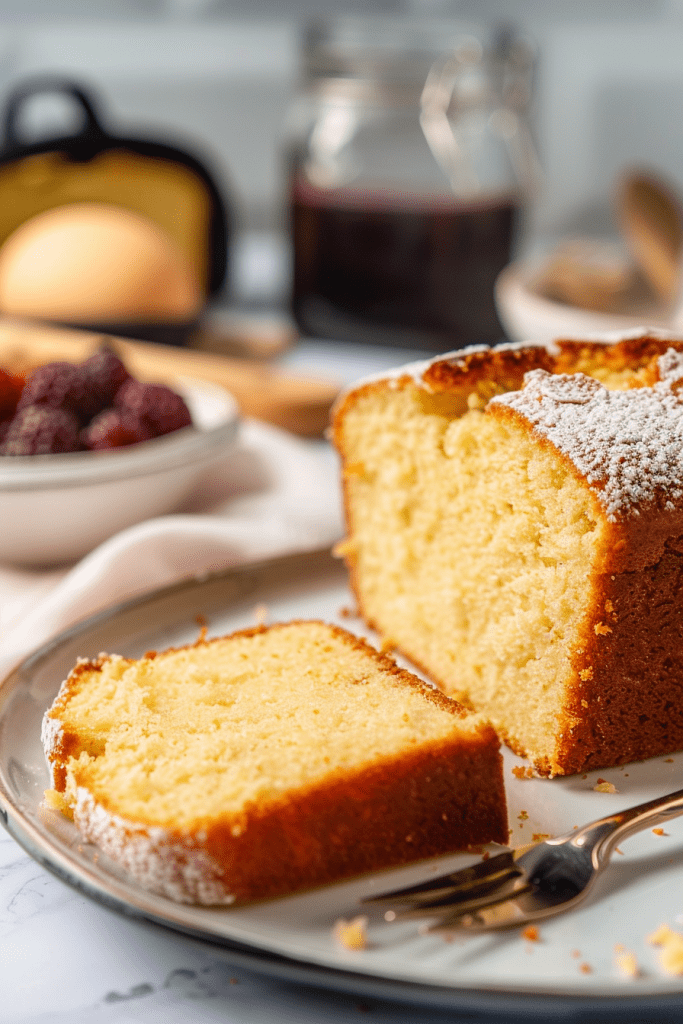
Ingredients for Classic Pound Cake
Creating the perfect classic pound cake relies on a handful of essential ingredients that work harmoniously to achieve that signature rich and dense texture. Here’s what you need to get started:
Required Ingredients
- 1 cup (226 g) unsalted butter, at room temperature
- 1 cup (200 g) granulated sugar
- 1 cup (135 g) cake flour, spooned and leveled
- 1 cup (125 g) all-purpose flour, spooned and leveled
- 2 large eggs plus 4 egg yolks, at room temperature
- 1 teaspoon baking powder
- 1/2 teaspoon salt
- 1 teaspoon vanilla extract
- 1/2 cup whole milk, at room temperature
Optional Add-Ins and Variations
Classic pound cake recipes are versatile and allow for some creative twists. Here are a few optional add-ins and variations to experiment with:
- Lemon Zest: Add a pop of citrus flavor with freshly grated lemon zest.
- Almond Extract: Enhance the nutty undertones with a touch of almond extract.
- Chocolate Chips: For a decadent treat, fold in chocolate chips into the batter.
- Fresh Berries: Gently fold in fresh berries for a burst of sweetness in every bite.
- Nut Toppings: Sprinkle chopped nuts like pecans or almonds on top before baking for added crunch.
Feel free to customize your pound cake with these variations to create a unique and delightful dessert experience.
Equipment Needed
To bake the perfect classic pound cake, you’ll need some essential equipment to ensure a successful outcome. Here are the best pans and tools to have on hand:
Best Pans for Pound Cake
Choose a sturdy tube pan or a high-quality bundt pan to bake your classic pound cake. These pans are designed to distribute heat evenly, resulting in a perfectly baked cake with a beautiful crust. A 9×10 bundt pan or a tube pan works best for this recipe. If you don’t have these specific pans, you can also use two 9×5-inch loaf pans as an alternative, but keep in mind that the baking time may vary slightly.
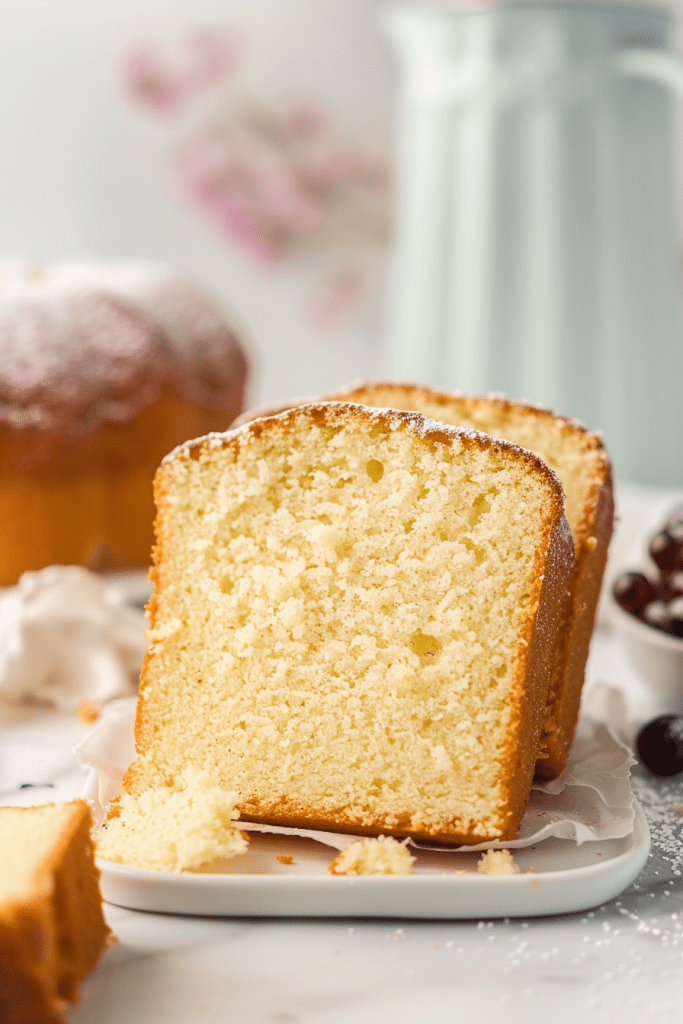
Preparation Steps
I’ll guide you through the essential steps to prepare a classic pound cake. From getting the ingredients ready to preheating the oven, follow these instructions for a delicious outcome.
Preparing the Ingredients
- Simple Sifting: Begin by sifting together the flour and sea salt in a bowl. This helps ensure a smooth and even texture in your pound cake batter.
- Vanilla Sugar Mix: In a separate mixing bowl, combine the sugar with the scraped caviar from a split vanilla bean. Rub the vanilla caviar into the sugar until evenly distributed for a fragrant sweetness.
- Room Temperature Rule: Remember to let your eggs, milk, and butter come to room temperature before starting. This step ensures easy blending of ingredients and a well-mixed batter.
- Creaming Butter: Cream the butter until light and fluffy in a large bowl. This step is crucial for creating a tender crumb in your pound cake.
- Incorporating Sugar: Gradually add sugar to the creamed butter while mixing on low speed. Keep mixing until the mixture is fluffy and well combined.
- Oven Is Key: Preheat your oven to 350 degrees F (175 degrees C) for the perfect baking temperature.
- Pan Preparation: Grease your baking pans with a thin layer of shortening or baking spray to prevent sticking. For a traditional touch, lightly dust the pans with flour after greasing.
- Easy Loaf Option: If using loaf pans, preheat an oven to 325 F and prepare two 9.5-inch loaf pans similarly with greasing and flouring.
- Consistent Heat: Ensuring your oven is properly preheated guarantees even baking and a beautifully golden crust on your pound cake.
How to Make Classic Pound Cake
To make a delicious classic pound cake, follow these detailed steps for mixing the batter, baking the cake, and cooling and removing it from the pan.
Mixing the Batter
- Soften the butter, eggs, and milk at room temperature.
- Use a stand mixer or electric hand mixer to combine the batter thoroughly.
- Transfer the batter to a parchment-lined loaf pan and smooth out the top.
- Gently tap the pan on the counter to remove any air bubbles from the batter.
Baking the Cake
- Bake the cake until the top is golden-brown and a toothpick inserted in the center comes out clean.
- Allow the cake to cool in the pan for about 30 minutes.
- Invert the cake onto a wire cooling rack to cool completely.
- Once cooled, carefully remove the cake from the loaf pan by running a knife around the edges.
- Invert the pan onto a serving plate and gently lift it off.
- If the cake sticks, tap the bottom of the pan to release it.
- Enjoy your moist and tender classic pound cake!

Serving Suggestions
One of the best parts of enjoying a classic pound cake is how versatile it can be when it comes to serving. Here are some ideas to elevate your pound cake experience further:
Accompaniments
Pair your slice of classic pound cake with a dollop of freshly whipped cream or a scoop of creamy vanilla ice cream for a delightful contrast in texture and temperature.
Presentation Ideas
For a visually appealing presentation, dust your pound cake with a sprinkle of powdered sugar or a drizzle of warm fruit compote. You can also add a few fresh berries or a mint sprig on the side for a pop of color and freshness on the plate.
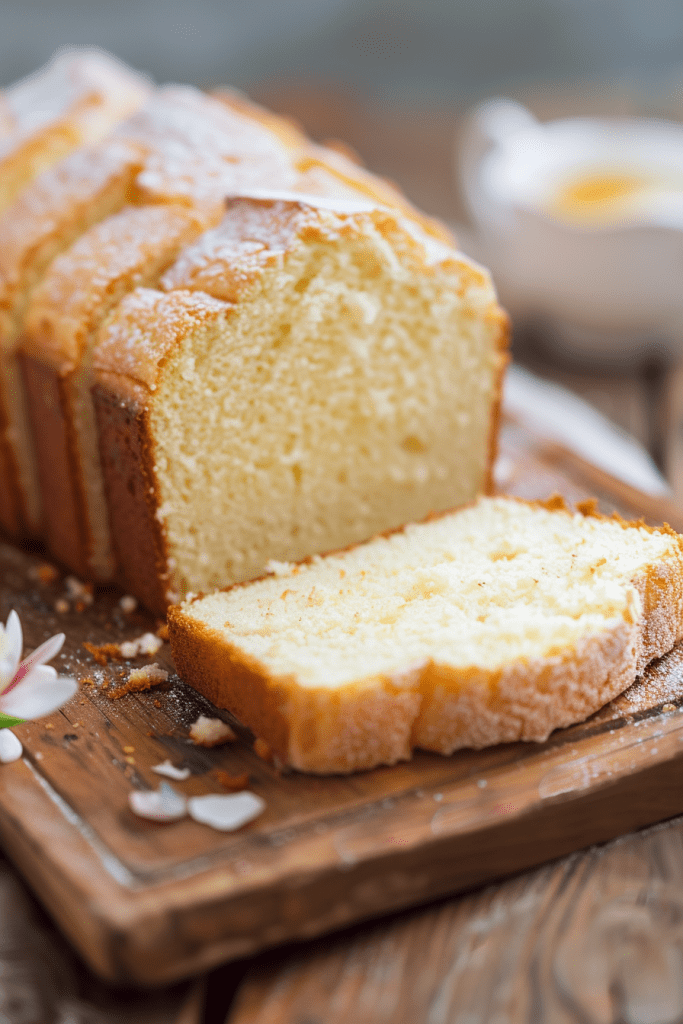
Storing and Freezing
Preserving your classic pound cake is essential to maintain its freshness and flavor over time. Here, I’ll guide you on how to store your pound cake properly and provide instructions on freezing and reheating it for extended enjoyment.
How to Store Pound Cake
To keep your moist pound cake fresh, wrap the cooled cake tightly in plastic wrap and store it at room temperature for up to 3 days. This storage method helps retain the cake’s texture and prevents it from drying out too quickly.
Freezing and Reheating Instructions
If you wish to store your pound cake for a longer duration, freezing is a great option. Double wrap the cooled pound cake in plastic wrap, followed by a layer of foil, before storing it in the freezer for up to 3 months. When ready to enjoy the frozen pound cake, remove it from the freezer and allow it to come to room temperature completely before unwrapping from the plastic wrap and foil. Thawing the cake thoroughly ensures that it retains its moisture and delicious taste, ready to be enjoyed again.
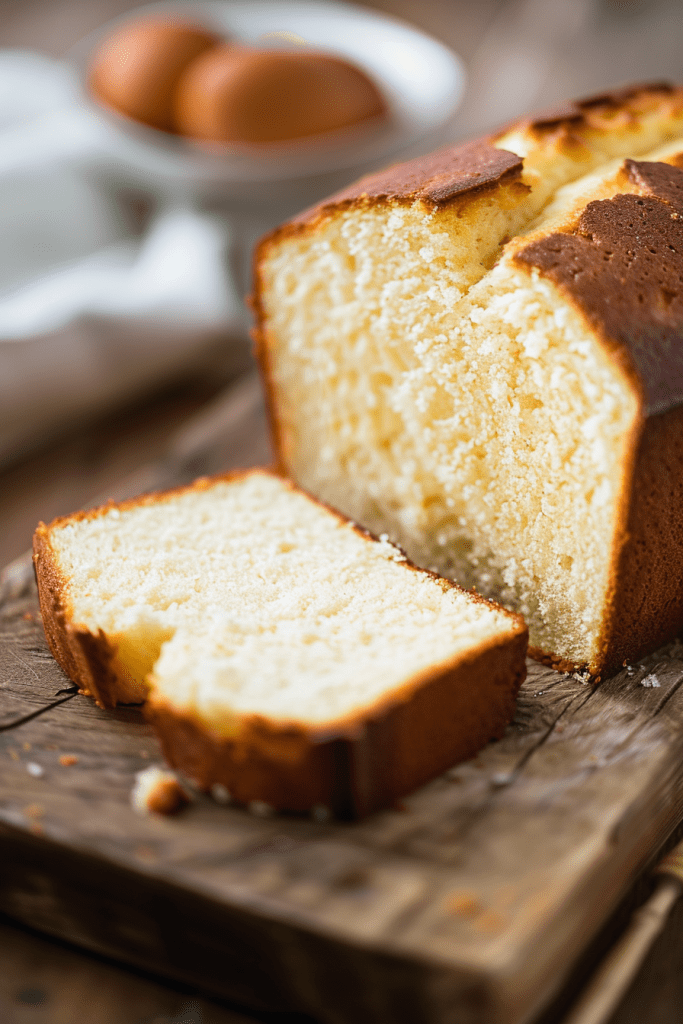
Troubleshooting Common Issues
Avoiding Gummy Streaks
To prevent gluey streaks in your pound cake, ensure that you bake it thoroughly. Gummy streaks are often a result of under-baking the cake. Make sure to insert a wooden skewer in the center, and if it comes out with moist crumbs, it’s perfectly baked. Avoid overmixing the batter as this can also lead to a dense and gummy texture.
Solving Under-baking and Over-baking Problems
If you’ve under-baked your pound cake, causing it to be too moist or doughy, you can place it back in the oven for additional time in short intervals until fully cooked. On the other hand, if you’ve over-baked the cake and it has turned dry, try brushing it with a simple syrup or a light glaze to add moisture. Slicing the cake and serving it with ice cream or fruit can also help enhance the overall eating experience.
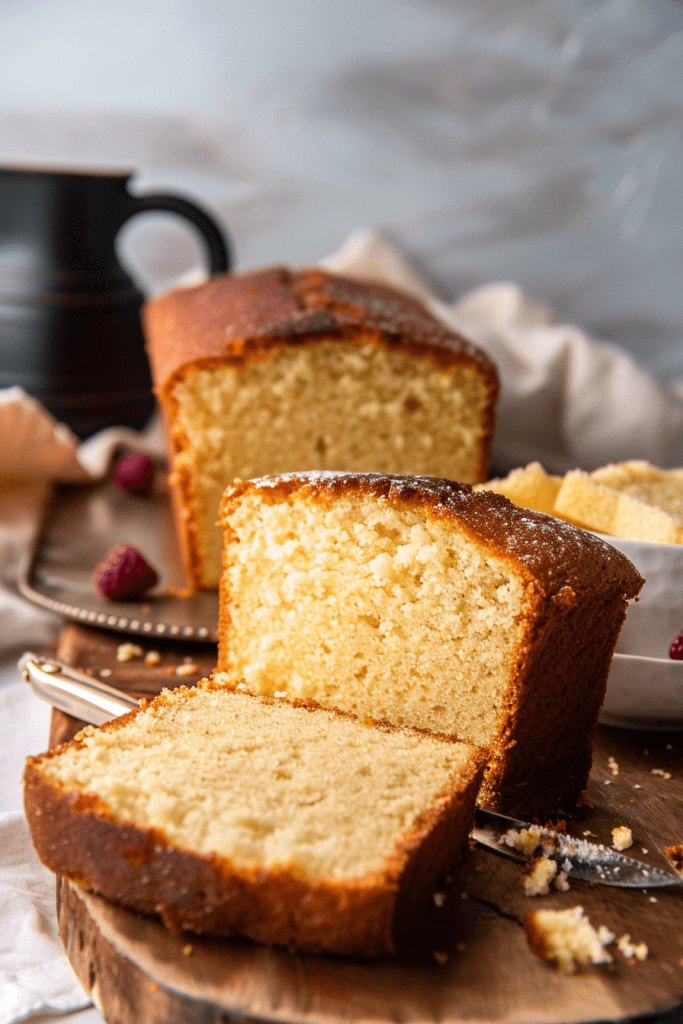
Conclusion
I’ve shared the secrets to mastering classic pound cake recipes, from perfecting the batter to serving it in style. By following these tips, you can bake a pound cake that’s moist, flavorful, and free of common baking pitfalls. Remember to store your cake properly to preserve its freshness and enjoy it for days to come. Whether you’re a baking enthusiast or a novice in the kitchen, these insights will help you create a delightful pound cake that’s sure to impress your family and friends. Happy baking!
